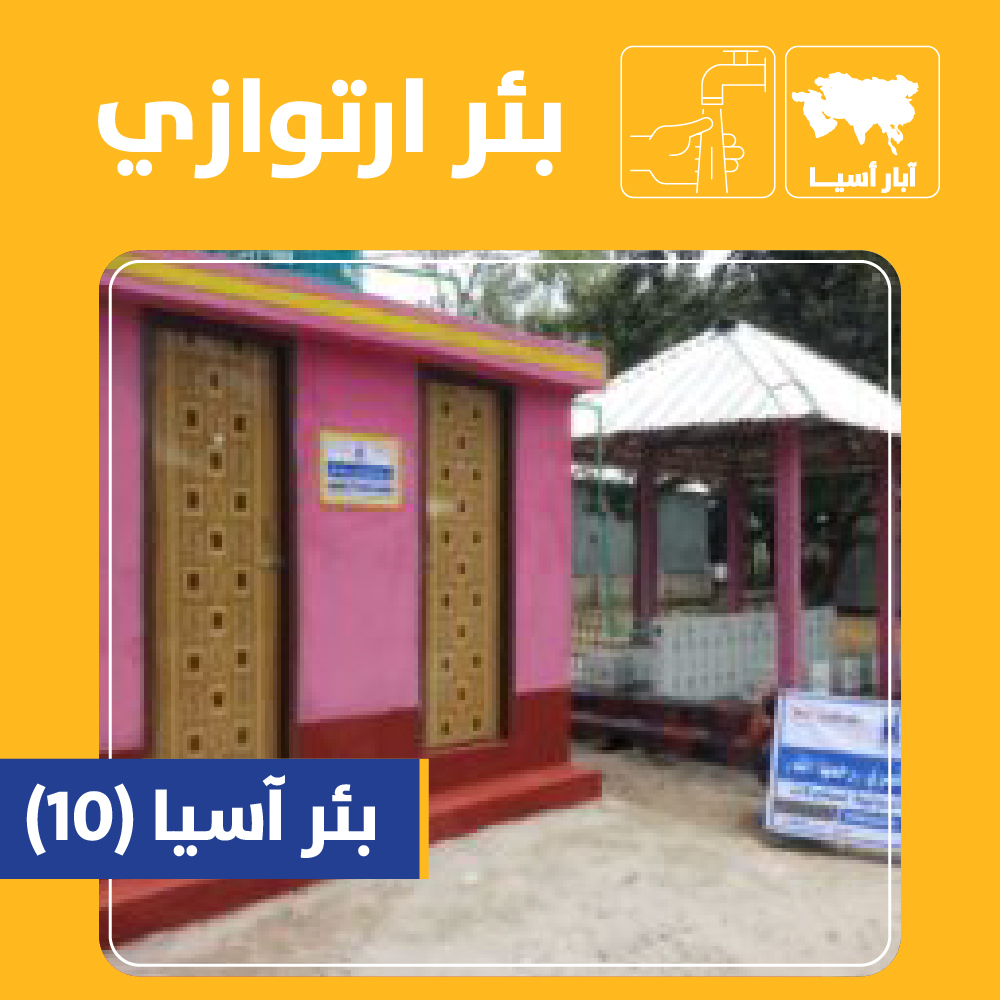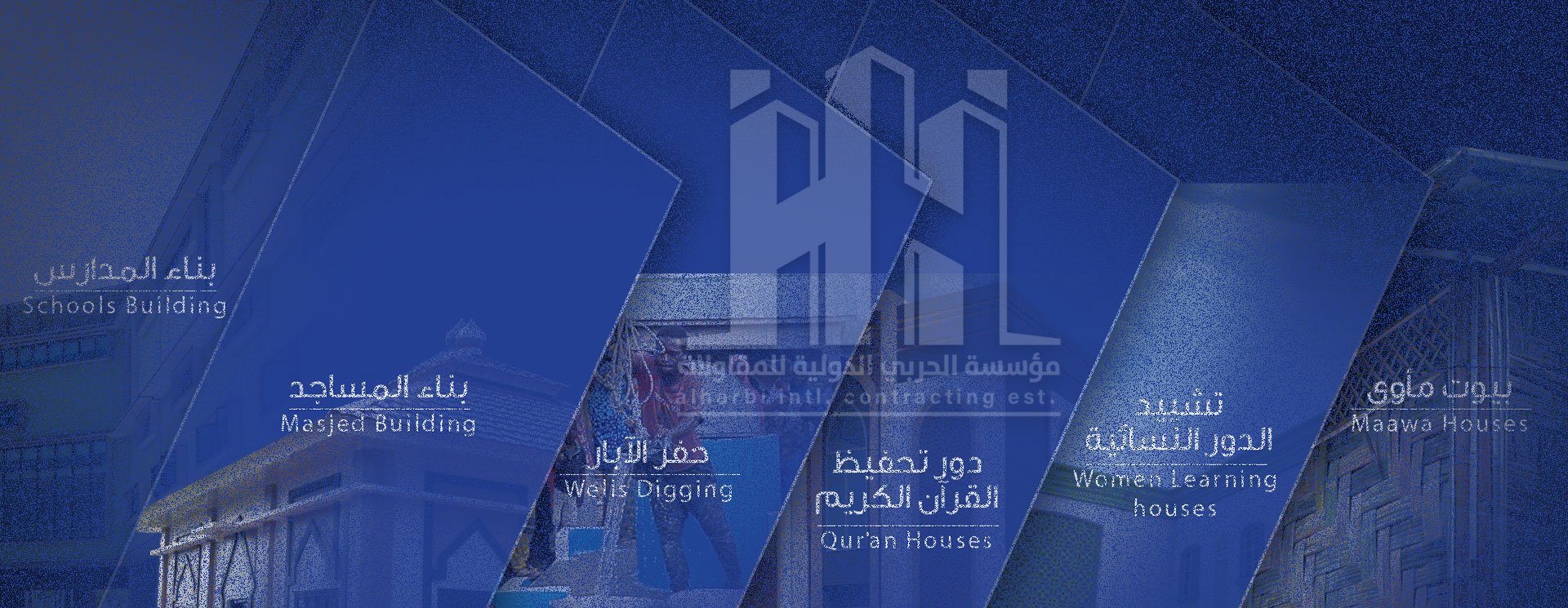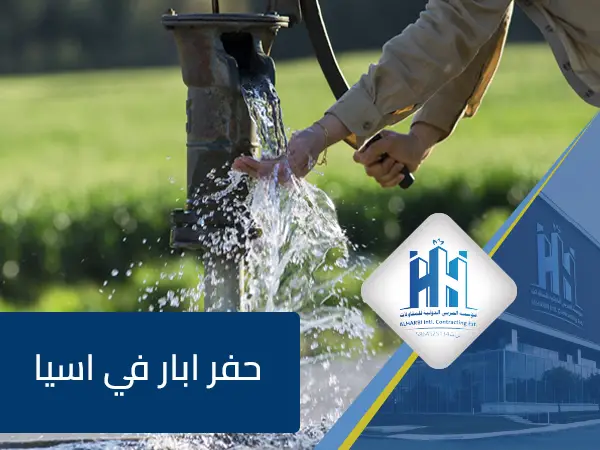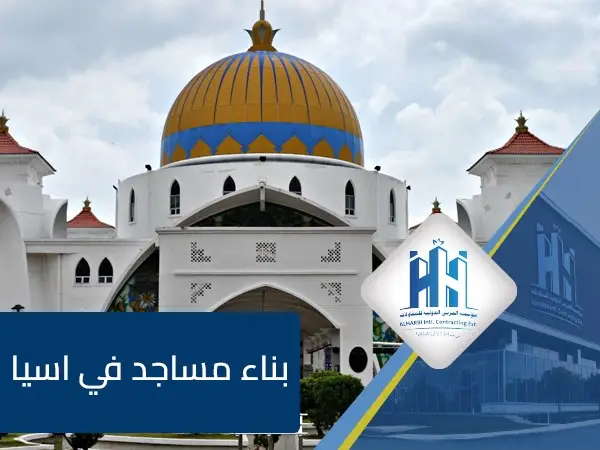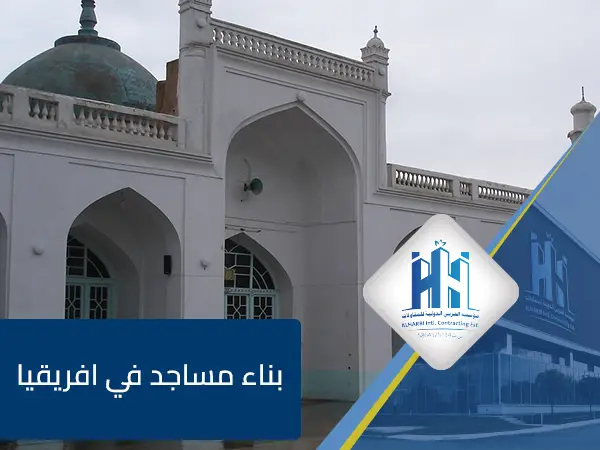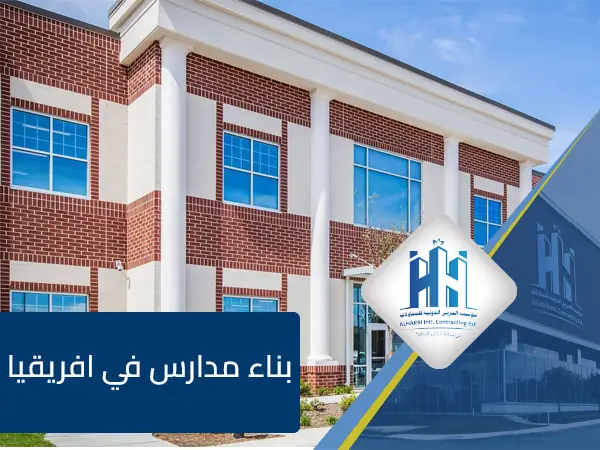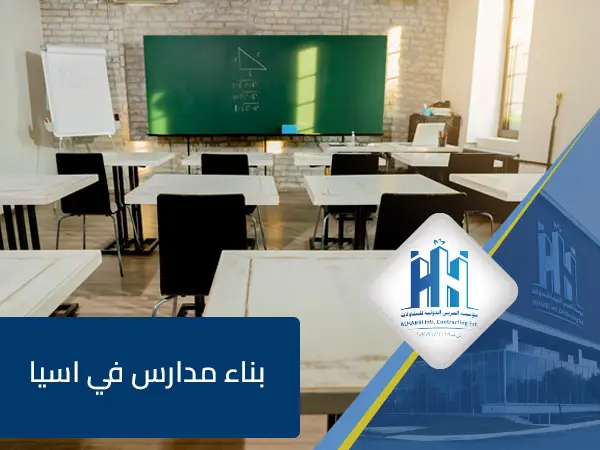Artesian Wells: A Sustainable Solution for Africa and Asia
Artesian Wells:
Water scarcity is one of the most pressing challenges facing communities across Africa and Asia. From arid deserts to densely populated agricultural regions, access to a reliable and clean water source is fundamental for survival, health, and economic development. While various water solutions exist, artesian wells offer a unique and often sustainable answer, tapping into naturally pressurized underground aquifers to provide a consistent flow of water with minimal external energy. Understanding the potential of artesian wells and implementing them responsibly can significantly improve the lives and livelihoods of millions in these vital continents.
The Critical Need for Sustainable Water Solutions in Africa and Asia
Africa and Asia are home to a significant portion of the world’s population living in water-stressed environments. Climate change, population growth, and unsustainable water management practices exacerbate existing challenges. The consequences of water scarcity are far-reaching:
- Health: Lack of access to clean water leads to the spread of waterborne diseases, impacting public health and productivity.
- Agriculture: Rain-fed agriculture, the backbone of many economies in these regions, is vulnerable to droughts and unpredictable rainfall patterns, leading to food insecurity.
- Economic Development: Water scarcity hinders industrial growth, limits irrigation potential, and can lead to resource conflicts.
- Social Stability: Competition for dwindling water resources can fuel social unrest and migration.
Therefore, identifying and implementing sustainable water solutions is paramount for the progress and stability of Africa and Asia.
Artesian Wells: Nature's Pressurized Gift
Artesian wells harness the power of geology to deliver water to the surface naturally. These wells are drilled into confined aquifers – layers of permeable rock saturated with groundwater, sandwiched between impermeable layers. The key characteristic of an artesian aquifer is that the water within it is under pressure, often due to the higher elevation of the recharge area. When a well penetrates this confined aquifer, the pressure forces the water to rise naturally, sometimes even reaching the surface without the need for pumping.
Why Artesian Wells are a Promising Solution for Africa and Asia:
- Reliable and Consistent Water Source: Unlike surface water sources that are susceptible to seasonal variations and evaporation, artesian aquifers offer a more stable and consistent supply of water, crucial for year-round domestic use and irrigation.
- Reduced Energy Dependence: In many cases, the natural pressure within an artesian aquifer is sufficient to bring water to the surface, eliminating or significantly reducing the need for energy-intensive pumps. This is particularly beneficial in remote areas with limited access to electricity or where fuel costs are high.
- Potentially High Water Quality: The geological filtration process as water percolates through layers of rock and sediment often results in naturally cleaner water compared to surface sources, reducing the need for extensive treatment before use.
- Long-Term Sustainability (with proper management): Artesian aquifers can be a sustainable water source for generations if managed responsibly. The key lies in understanding the recharge rate of the aquifer and ensuring that extraction rates do not exceed this natural replenishment.
- Suitable for Diverse Applications: Artesian wells can serve various needs, from providing clean drinking water for communities and livestock to supporting small-scale and large-scale irrigation for agriculture.
Addressing the Challenges and Ensuring Sustainability:
While artesian wells offer significant advantages, their successful and sustainable implementation in Africa and Asia requires careful consideration and management:
- Geological Assessment: Thorough geological surveys are crucial to identify viable artesian aquifers, determine their depth, yield potential, and water quality. This requires expertise and investment in hydrogeological studies.
- Responsible Drilling Practices: Proper drilling techniques are essential to ensure the integrity of the aquifer and prevent contamination. This includes using appropriate drilling equipment and sealing the well correctly.
- Community Involvement and Education: Engaging local communities in the planning, construction, and management of artesian wells is vital for their long-term success. Education on responsible water usage and the importance of well maintenance is crucial.
- Monitoring and Regulation: Establishing systems for monitoring water levels and extraction rates is essential to prevent over-pumping and depletion of the aquifer. Governments and local authorities play a crucial role in setting regulations and ensuring compliance.
- Preventing Contamination: Protecting the recharge areas of artesian aquifers from pollution is vital to maintain water quality. This requires careful land-use planning and management of potential contamination sources.
- Addressing Potential Drawdown: Excessive extraction from an artesian aquifer can lead to a drop in the water table, potentially affecting existing wells and ecosystems. Sustainable extraction limits must be established and adhered to.
The Role of NGOs and Governmental Organizations:
- Funding and Technical Assistance: Providing financial support and technical expertise for geological surveys, well drilling, and infrastructure development.
- Capacity Building: Training local communities and technicians in well construction, maintenance, and water management.
- Policy Development: Developing and implementing policies and regulations that promote the sustainable use of groundwater resources.
- Research and Innovation: Investing in research to better understand aquifer dynamics and develop innovative and cost-effective well technologies.
- Awareness Campaigns: Educating communities and policymakers about the benefits and sustainable management practices of artesian wells.
Conclusion:
Artesian wells represent a significant opportunity to enhance water security and promote sustainable development in Africa and Asia. By harnessing the natural pressure of underground aquifers, these wells can provide reliable, often clean, and potentially energy-efficient water sources for domestic, agricultural, and other essential uses.
However, realizing the full potential of artesian wells requires a commitment to responsible planning, sustainable management practices, community engagement, and robust regulatory frameworks. With collaborative efforts from NGOs, governments, and local communities, artesian wells can indeed be a vital and enduring solution to the water challenges facing these critical regions.

